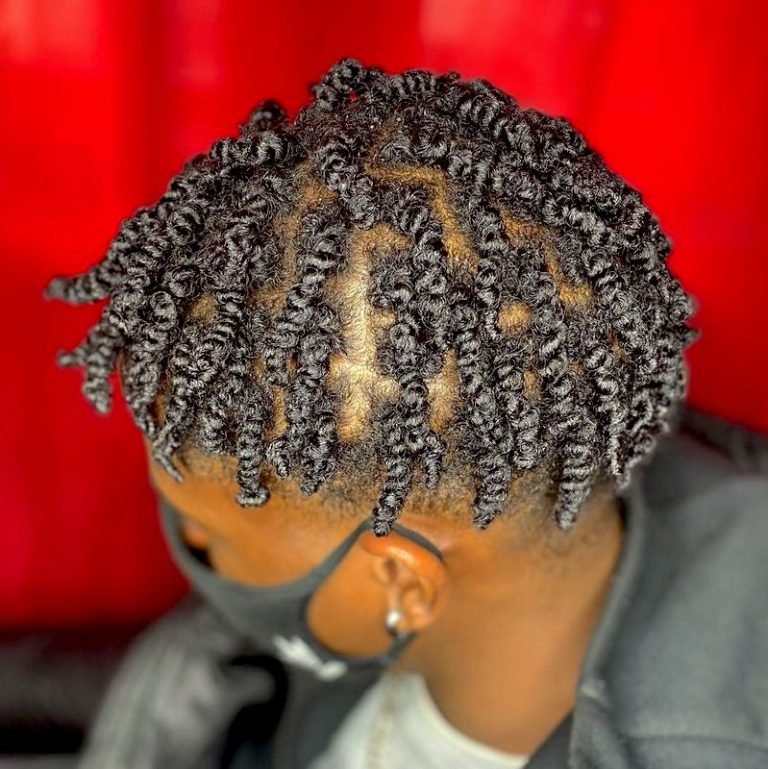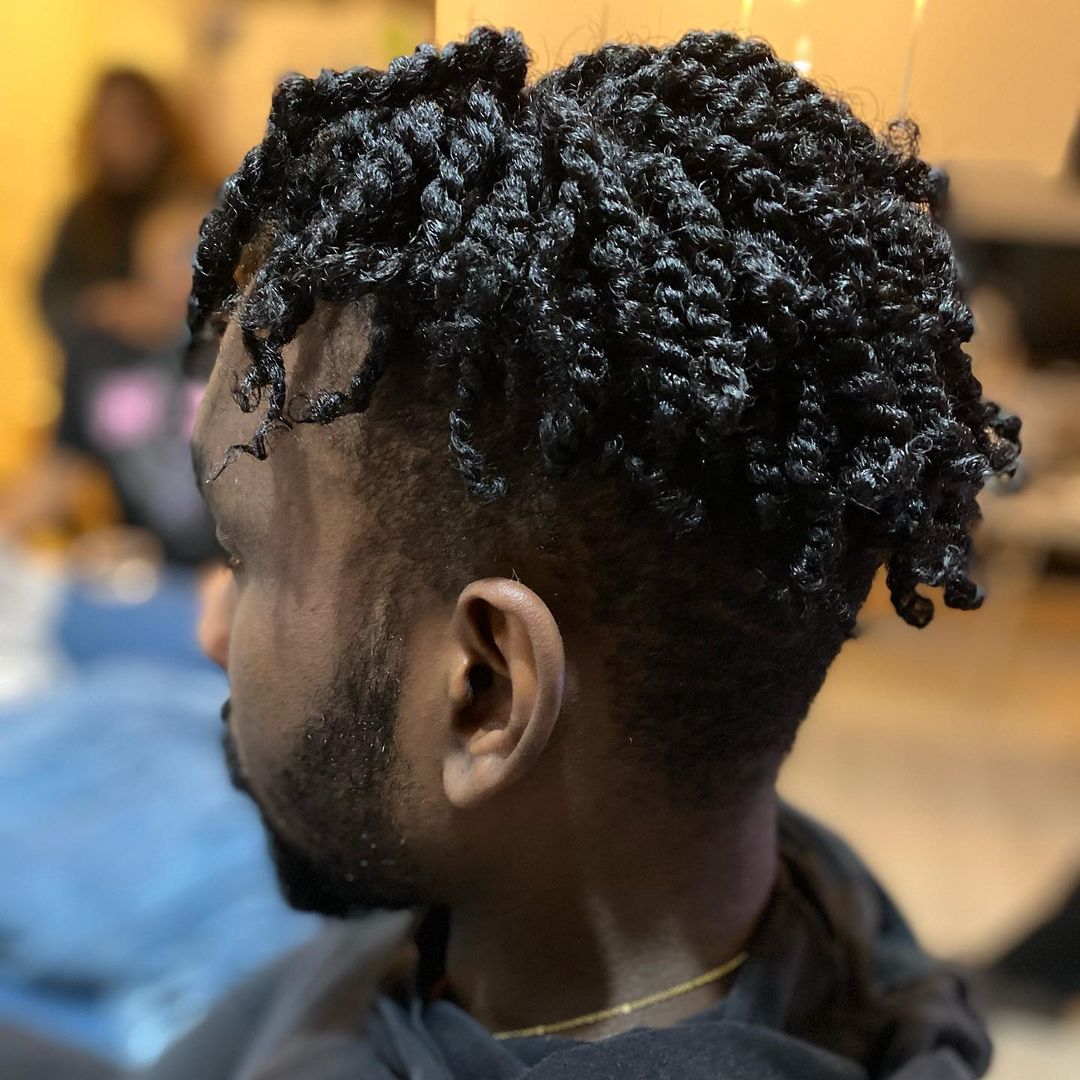

Keeping two-strand twists moisturized is very easy, this is the reason why it’s my favorite hairstyle. How do you keep two-strand twists moisturized? When you twist on dry hair, you will get a more polished and stretched look, whereas, twisting on wet hair will look shrunken, just like what Esther of showed in this side-by-side image. So when it comes to whether or not you should twist on wet or dry hair, think about the look you’re going for. I often twist my hair while wet because this is my go-to hairstyle after washing it. There isn’t a better way to twist your hair. Is it better to do two-strand twist on wet or dry hair? This expansion and shrinkage will eventually lead to frizz.Īnd lastly, try to reduce over-manipulation because it can lead to frizzy two-strand twists. You should also minimize how often you moisturize your hair, because water temporarily expands your hair and then shrinks it as water evaporates from your hair. To moisturize, use a water-based hair spray that doesn’t require rubbing the products on your hair as a cream-based moisturizer does. I prefer to wear a scarf so that my hair stays in one place and won’t move around so much while I sleep. So to prolong the smooth look of your hairstyle, you should always go to bed with a satin bonnet or a silk scarf. How can I keep my two-strand twists from getting frizzy?ĭepending on how you twist your hair, it can take up to a week before you start noticing some frizz.

So to reduce the frizz, some women may wear a stocking over their head and just massage the scalp gently so that they don’t disturb the twists. The only thing is that your hair may frizz up, tangle, and start to turn into locs after you wash it. Yes, you can wash your hair while it’s in two-strand twists. Can you wash your hair with two-strand twists? You don’t have to put your hair in hair extensions to protect your hair. Yes, two-strand twists are a form of protective hairstyle, they are also known as a low manipulation hairstyle because you don’t need to do much with them, like twist-outs.Īny hairstyle that protects your hair from daily manipulation and protects your ends from rubbing against your clothes and shoulders is a protective style. Are two-strand twists a protective hairstyle? This way, you can have a more realistic expectation of how your twists should turn out, the next time you twist your hair. So while this blog focuses on 4c hair, I have decided to also show how two-strand twists look on looser hair textures like type 3 hair. This is why in this post, I will be sharing 60 different two-strand twist hairstyles that show how versatile this hairstyle is on different hair lengths and textures. The way your two-strand twists turns out depends on the texture of your hair, length, the health of your hair, and whether you twist on dry or wet hair. Why do my two-strand twists look different from a tutorial I saw online? Two-strand twists are also perfect for any woman or child on-the-go because they can last for a week or a month. These hairstyles also help promote growth, reduce breakage, prevent shrinkage, and retain moisture. They are also tension-free because you don’t need to pull on your scalp like other hairstyles such as cornrows. These hairstyles are so easy that a child can do them.Īlso, two-strand twists do not need added hair extensions, excess hair tools, or lots of products.Īll you need are your fingers and a twisting creamif you choose to twist on wet hair. Two-strand twists are popular in the natural hair community because they are easy to put in and take down.Īll you need are two strands of your hair that you simply wrap around each other.

What are the benefits of two-strand twists that make them so popular? This is why I am excited to write this post about beautiful two-strand twist hairstyles you can style your natural hair in. In fact, you can find me in two-strand twists about 90% of the time that my natural hair is out.

Two-strand twists are the easiest form of protective hairstyle you can do on your natural hair because they are easy to put in and takedown.


 0 kommentar(er)
0 kommentar(er)
